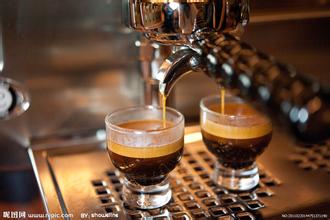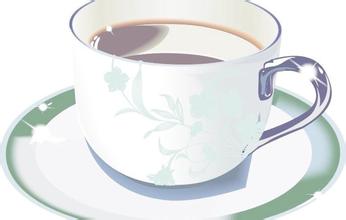Papua New Guinea Coffee Plantation Bird of Paradise Plantation
However, it is almost inevitable that the surge in production will lead to a decline in quality. Before 1991, the quality of coffee was acceptable, most of which belonged to the open Y class. After 1991, the quality gradually declined and the European market was lost. The extra price that Y grade coffee once had has also gradually fallen. This has to do with the country's "one price per class" policy. This policy is simply not feasible for an industry as volatile as coffee. As a result, poor quality coffee beans damaged the image of Y coffee high quality standards, resulting in a backlog situation.
The government's response was to establish new quality grades, temporarily stop producing Y grade coffee, and no longer implement the "one grade one price" policy. This allows buyers to price according to quality, which inevitably affects the income of farmers who produce inferior coffee beans. By 1993, the quality problem had basically been solved. Most of our regular customers are buying coffee from Papua New Guinea again. Y-grade coffee is now sold at a slightly lower premium price, indicating an improvement in quality.
Although coffee trees grow vigorously in some places, the coffee beans harvested vary in maturity and size due to the lack of persistence of growers. AA is rare, and you can usually buy A and AB. The main characteristics of grade A coffee are: full particles, light acidity, in Papua New Guinea (Papua New Guinea), about 75% of coffee production from small local farms. Many farms cultivate land in forested areas, and some farms are deep in forests, almost isolated from the rest of the world. Coffee in the country is grown at altitudes of 1,300 to 1,800 meters, so it is of high quality. Coffee is grown in some lowlands, but relatively little is produced. Locally grown coffee is mostly grown under natural conditions, due to transportation problems and costs associated with transporting fertilizers and pesticides to farms.
Coffee plays an important role in the country's economy. More than 1 million people are directly and indirectly engaged in this industry. The government encourages planting by offering minimum purchase prices. The industry itself is controlled by the Coffee Industry Board. The Commission is located in Goroka, in the eastern part of the island, but exports are handled by private companies.
The 1975 frost destroyed most of Brazil's coffee crop, but spurred coffee growth in Papua New Guinea. The Government has introduced a scheme to finance rural or collective land ownership, creating coffee plantations of about 20 hectares. This measure did increase the penetration of coffee cultivation into the local economy, and by 1990 annual production had reached 1 million bags


Important Notice :
前街咖啡 FrontStreet Coffee has moved to new addredd:
FrontStreet Coffee Address: 315,Donghua East Road,GuangZhou
Tel:020 38364473
- Prev

Guatemalan coffee flavor with strong aroma
Guatemalan coffee has a strong aroma, even if you don't drink it, just smelling it is already a pleasure. Antigua coffee has a rich and velvety mellow, rich and lively aroma, and fine sour taste. When the attractive fragrance lingers on the tip of your tongue, there is an indescribable mystery. You may feel dull at the first sip, but as the coffee slows down
- Next

Flavor characteristics: moderate acidity, fragrant and delicious-Nicaraguan coffee, Matagalpa production
Flavor characteristics: moderate acidity, fragrant and delicious. Nicaraguan coffee of high quality is in the forefront of coffee beans in the world and enjoys a good reputation. Its particles are moderate in size, mild in taste and very aromatic and mellow. Nicaragua is located in central Central America, bordered by the Pacific Ocean to the west and the Caribbean Sea to the east. The highlands in the north and the coastal plains in the east are part of the Central American volcanic belt. East flat
Related
- Does Rose Summer choose Blue, Green or Red? Detailed explanation of Rose Summer Coffee plots and Classification in Panamanian Jade Manor
- What is the difference between the origin, producing area, processing plant, cooperative and manor of coffee beans?
- How fine does the espresso powder fit? how to grind the espresso?
- Sca coffee roasting degree color card coffee roasting degree 8 roasting color values what do you mean?
- The practice of lattes: how to make lattes at home
- Introduction to Indonesian Fine Coffee beans-- Java Coffee producing area of Indonesian Arabica Coffee
- How much will the flavor of light and medium roasted rose summer be expressed? What baking level is rose summer suitable for?
- Introduction to the characteristics of washing, sun-drying or wet-planing coffee commonly used in Mantenin, Indonesia
- Price characteristics of Arabica Coffee Bean Starbucks introduction to Manning Coffee Bean Taste producing area Variety Manor
- What is the authentic Yega flavor? What are the flavor characteristics of the really excellent Yejasuffi coffee beans?

